A Commitment to Success
We' re Committed to supporting kids with autism and their families from diagnosis through treatment
In addition to supporting individuals with ASD, ARC is dedicated to equipping parents, siblings, and families with the knowledge, skills, and strategies needed to effectively manage and support their loved ones at home and within their communities. By fostering a positive, informed outlook, ARC empowers families to play a pivotal role in enhancing the well-being of autistic individuals.
ARC is also committed to raising awareness about ASD through active engagement with parents, educators, schools, colleges, professionals, and the wider community. Through collaboration, advocacy, and outreach, ARC strives to create a more inclusive and supportive society for individuals with autism, where they can reach their full potential and lead fulfilling lives.
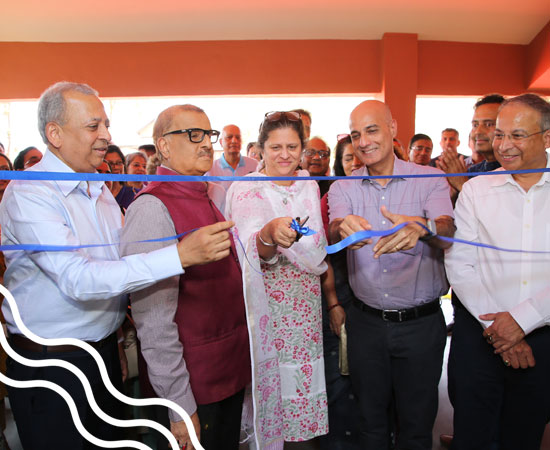
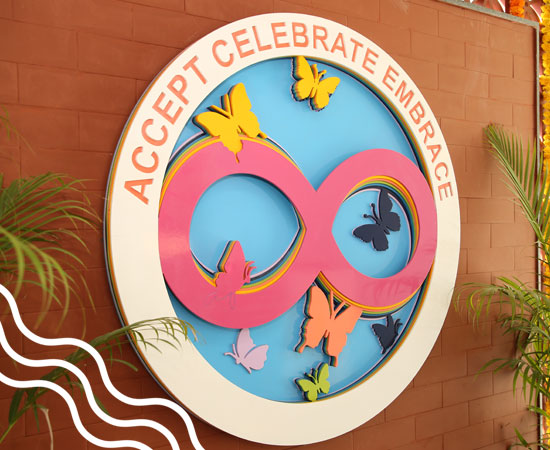
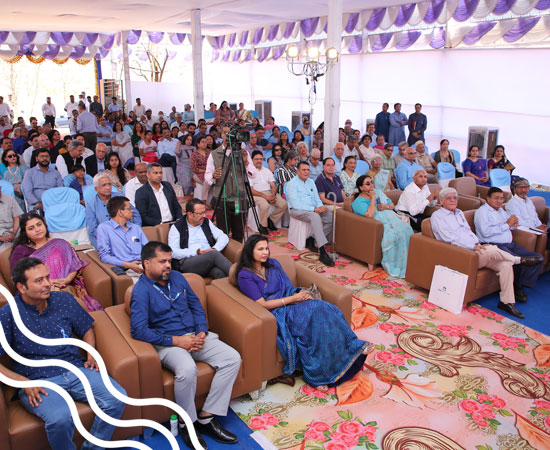





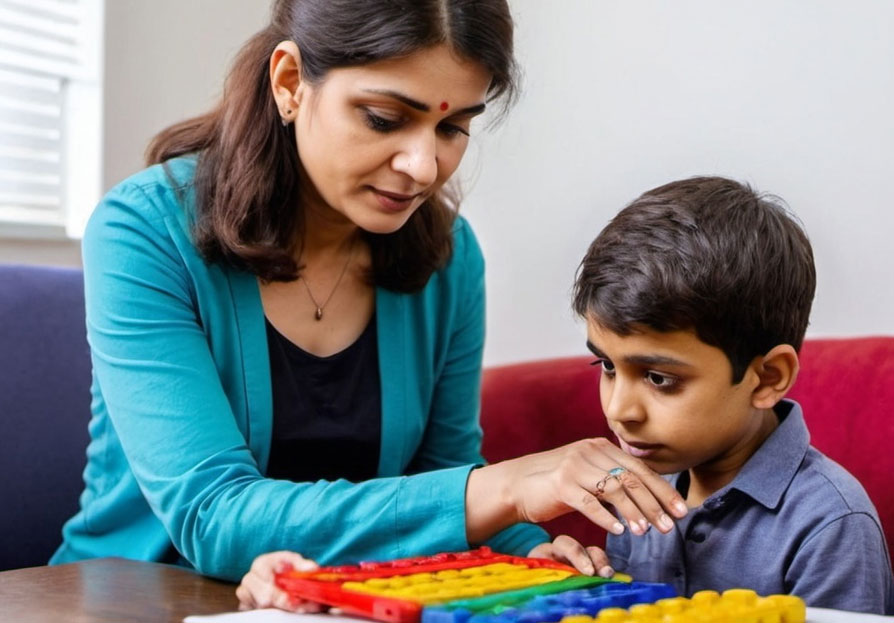

Our offerings include Behavioral Therapy (ABA), Speech and Language Therapy, Occupational and Physical Therapy, and Social Skills Development.
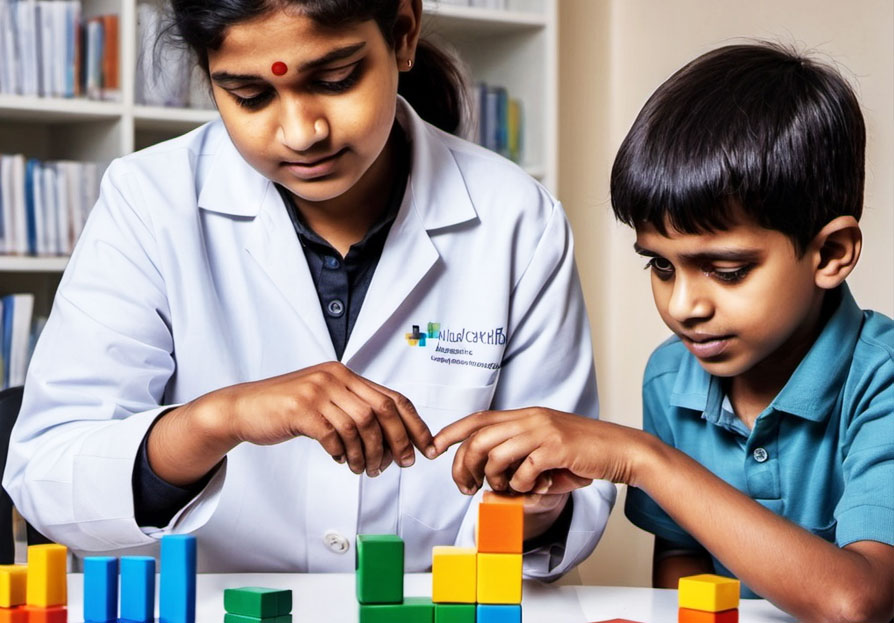

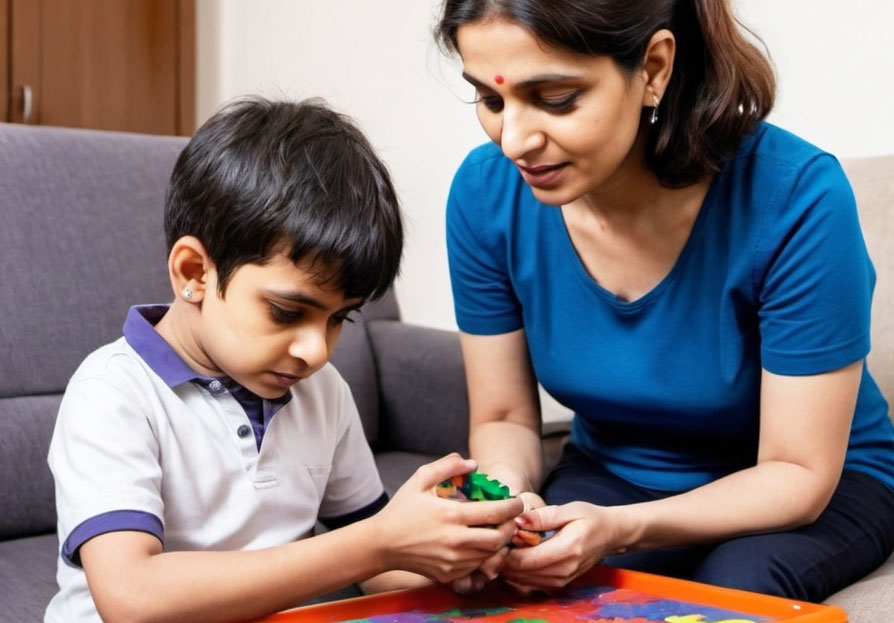

What is Autism?
The clinical model defines Autism, or Autism Spectrum Disorder as a lifelong neurodevelopmental disorder that affects the way a person communicates and relates to people and the world around them. It can affect body language and posture, social interactions and relationships, how you engage with your interests, and sensory processing capacities. Autism exists in all cultures, ethnicities, races, and gender identities.
What Autism Isn't
Autism is not an illness or a disease. Autism is not temporary. Autism is not contagious. Autism is not caused by vaccinations. Autism is not caused by parenting styles. Autism does not go away in adulthood.
How many people in India are on the autism spectrum?
As more research is being done on the intersections of autism and race, gender, sexuality and social locations, more information is being made available online which is increasing the rates of autism diagnosis in children and adults. This in turn is placing a larger demand on education, healthcare, and social service systems, highlighting glaring gaps in the supports available especially for autistic adults, people with lower incomes, people in rural areas, and Black, Indigenous and people of colour. Having these numbers helps us advocate to the appropriate government ministries for the individual needs of all people on the autism spectrum and their families throughout the life course.
How to Talk about Autism
Autism means something different to everyone. Medical professionals and researchers may talk about it one way, an autistic person’s family will talk about it another way, while a person on the spectrum might talk about it still another way. One of the main differences you’ll see in the way people talk about autism is whether they use person-first language (person with autism) or identity-first language (autistic person). Person-first language reflects the idea that autism can be separated from a person, similar to phrases such as “living with autism,” while identity-first language reflects the belief that being autistic is an important part of a person’s identity. The autistic community at large most often uses identify-first language, but there are those that prefer person-first language. When in doubt, just ask. The phrase, “on the autism spectrum” is usually a safe bet. The most important thing to remember is that when you’re talking about autism, you’re talking about a person. The research we do and the supports we provide to autistic people and families is inextricably connected tohow we can best support people on their own terms.
Campus Services
Lorem Ipsum is simply dummy text of the printing and typesetting industry. Lorem Ipsum has been the industry's standard dummy text ever since the






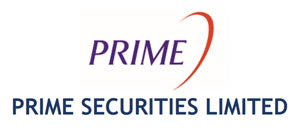



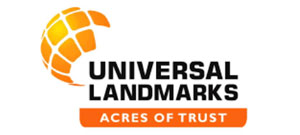


 Autism Research & Training Center
Autism Research & Training Center